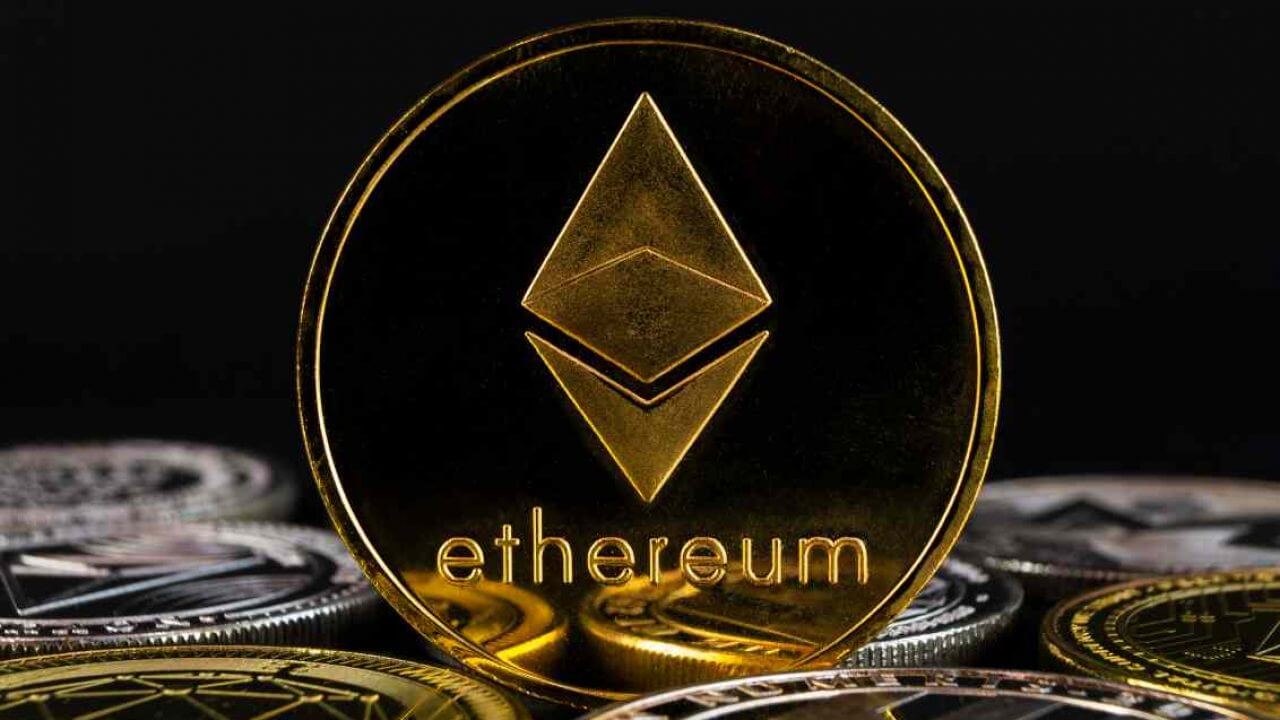|
Getting your Trinity Audio player ready...
|
Ethereum (ETH) entered 2024 with soaring expectations, fueled by the SEC’s surprise approval of spot ETH ETFs in May. Many analysts believed the asset would capitalize on its new regulatory advantage and surpass its competitors. Yet, as the year nears its end, Ethereum’s performance has fallen flat, trailing behind Bitcoin (BTC) and Solana (SOL).
In a significant move reflecting shifting market sentiment, VanEck, a prominent asset manager, has sharply downgraded its long-term price projection for Ethereum.
VanEck’s Price Target – From $22,000 to $7,300
On October 17, VanEck’s head of digital asset research, Matthew Siegel, revealed that the company had revised its 2030 target for ETH from $22,000 to just $7,300—a 67% reduction. The drastic downgrade has raised eyebrows, as it signals a change in the asset manager’s confidence in Ethereum’s network economics.
The revision highlights the impact of Ethereum’s evolving dynamics, particularly following the Dencun upgrade. Siegel explained that VanEck had originally expected Ethereum to earn 90% of the revenue generated by Layer 2 chains through blob fees, proving fees, and call data fees. Instead, only 10% of this revenue has flowed to Ethereum in recent months, challenging the original investment thesis.
Layer 2 Chains Extract Value, ETH Becomes Inflationary
Ethereum’s roadmap, focused on scaling with Layer 2 solutions, appears to have backfired. Many Layer 2 networks are not aligning economically with Ethereum as expected, instead extracting value from the Layer 1 blockchain. As these Layer 2 chains process transactions more efficiently, ETH burns have decreased, contributing to an inflationary pressure on the token’s supply.
This shift has unsettled investors, who are now questioning Ethereum’s long-term value proposition. Without effective strategies to regain control over Layer 1 activity, ETH risks further underperformance.
Can Ethereum Regain Momentum?
To reverse this trend, VanEck’s analysts suggest Ethereum must shift power back to the mainnet. Several proposals, including EIP-7781, could help restore alignment. EIP-7781 aims to offer faster finality to rollups that utilize “based sequencers,” which require validators to hold ETH.
Other strategies proposed by VanEck include incentivizing Layer 2 networks to return more value to the Layer 1 chain, possibly through ETH collateralization requirements or exclusive benefits for aligned chains.
Also Read: Ethereum Nears $2,626 Resistance With $62M ETF Inflows As Whales Accumulate
VanEck’s downgraded price target underscores the importance of Ethereum’s evolving tokenomics and network structure. As more Layer 2 solutions extract value from the mainnet, ETH faces growing skepticism from investors. Whether Ethereum can reassert control and incentivize economic alignment will likely determine the asset’s trajectory in the years to come.
Ethereum’s performance for the remainder of 2024 will be crucial in signaling whether these challenges can be overcome—or if the crypto giant will continue to lag behind its peers.
Disclaimer: The information in this article is for general purposes only and does not constitute financial advice. The author’s views are personal and may not reflect the views of Chain Affairs. Before making any investment decisions, you should always conduct your own research. Chain Affairs is not responsible for any financial losses.
A lifelong learner with a thirst for knowledge, I am constantly seeking to understand the intricacies of the crypto world. Through my writing, I aim to share my insights and perspectives on the latest developments in the industry. I believe that crypto has the potential to create a more inclusive and equitable financial system, and I am committed to using my writing to promote its positive impact on the world.



